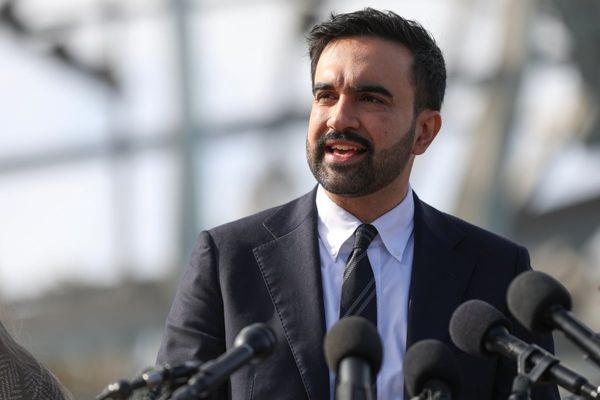
An exciting milestone was achieved as a sleek white aircraft successfully broke the sound barrier above the Mojave Desert. The XB-1 aircraft, developed independently, reached a speed of Mach 1.05 within just 11 minutes of takeoff, marking a significant achievement in aviation history.
This groundbreaking test flight, witnessed by a crowd of onlookers, took place at the Mojave Air & Space Port in California. The successful supersonic flight of the XB-1 demonstrates the advancement of technology in passenger air travel.
Boom Supersonic, the company behind this achievement, is now setting its sights on the Overture airliner, designed to carry up to 80 passengers at twice the speed of current subsonic airliners. This development signals a potential revival of supersonic passenger travel, which has been dormant since the retirement of the Concorde over two decades ago.
The XB-1 aircraft, constructed primarily from lightweight carbon fiber, features an augmented reality vision system to aid pilots during landing. This innovative technology addresses visibility challenges posed by the aircraft's unique design.



Industry experts and officials have hailed this achievement as a significant step towards sustainable and efficient commercial flight. The successful flight of the XB-1 underscores the potential for faster and more advanced air travel options in the near future.
While the prospect of supersonic passenger travel is promising, challenges such as sonic booms remain a consideration. Sonic booms, caused when aircraft exceed the speed of sound, can impact flight routes and regulations. Companies like Boom Supersonic are working to address these challenges as they pave the way for the future of aviation.
The recent flight in the Mojave Desert, where Chuck Yeager famously broke the sound barrier in 1947, serves as a poignant reminder of the continuous innovation and progress in aviation technology. The successful test flight of the XB-1 aircraft marks a significant milestone in the journey towards faster, more sustainable air travel.







